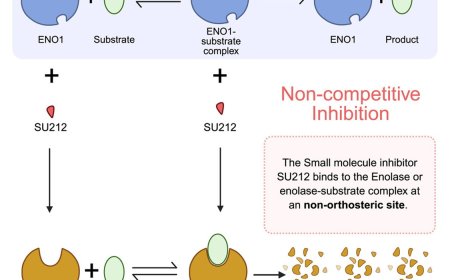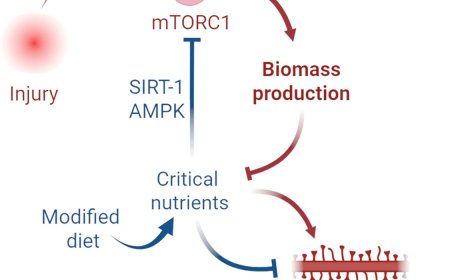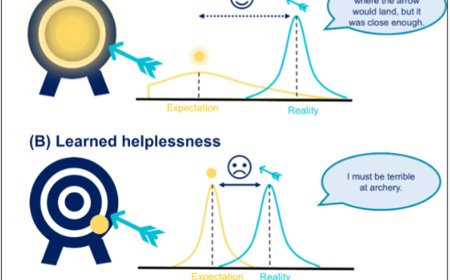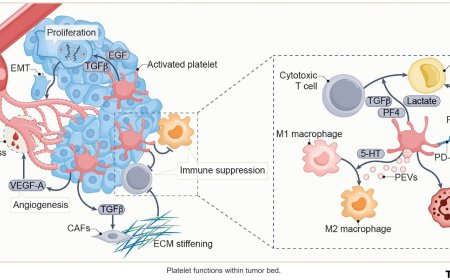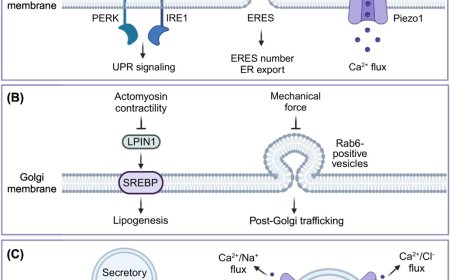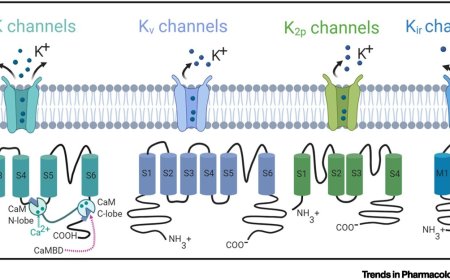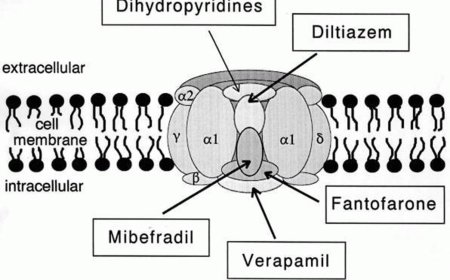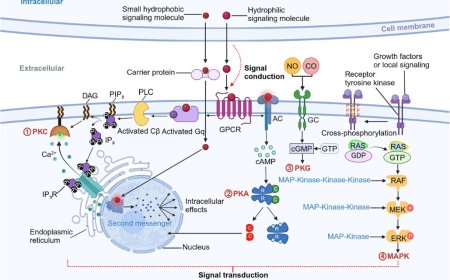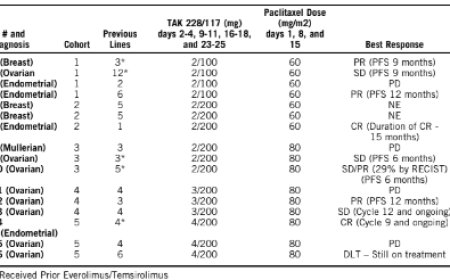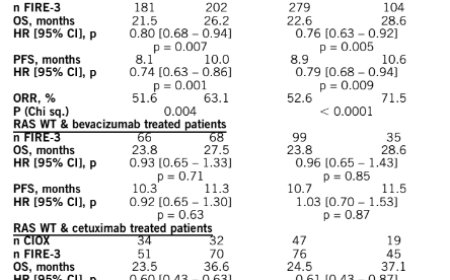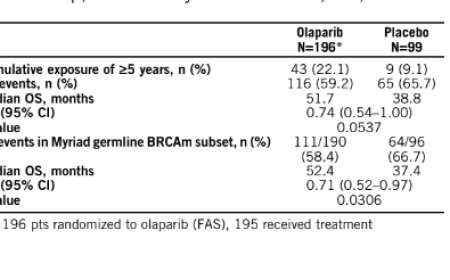Antifungal drug candidate identified!
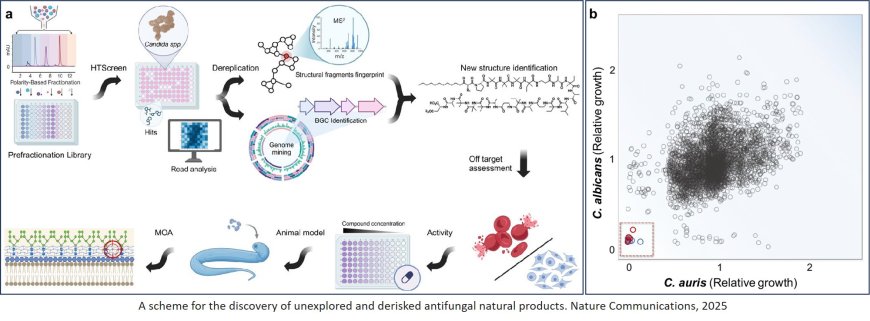
A research team has discovered a new drug class that could someday lead to breakthrough treatments for dangerous fungal infections.
The new molecules, dubbed coniotins, were isolated from a plant-dwelling fungus called Coniochaeta hoffmannii — the samples of which were collected from the greenhouse, located on the campus.
Detailed recently in the journal Nature Communications, the discovery responds to a critical need for new antifungal medicines.
“There is a huge, growing clinical need for new drugs that target fungal infections,” says the principal investigator on the new study. “Unlike antibiotics, of which there are dozens of different classes approved for use in clinics, there are really only three classes of antifungals on the market right now.”
C. auris is particularly problematic for individuals with compromised immune systems, like cancer patients undergoing chemotherapy. It can infect the lungs, the bloodstream, and the nervous system, and can be fatal. For these reasons, C. auris sits atop the World Health Organization’s list of priority fungal pathogens.
The research team showed that coniotins not only attack C. auris and several other fungal pathogens, but do so without harming human cells.
The new molecules function unlike any other antifungal on the market. Where most target proteins and membranes, coniotins instead bind to the fungal cell wall.
The first-author on the new paper, identified the new drug class through a process called prefractionation, which allows scientists to tease specific molecules out from complex chemical mixtures.
“Since the golden age of antibiotic discovery, progress has slowed, due primarily to the frequent rediscovery of known compounds,” the author says. “To address this, we implemented a prefractionation screening approach to target overlooked or masked metabolites. By integrating mass spectrometry, metabolomics, and computational analysis, I was able to discover this previously hidden molecule.”
Using this same process, the lab recently discovered a new class of antibiotics. They have also used prefractionation to identify several other new drug candidates, which remain under study.
“What’s really amazing is that we’ve only screened about five percent of the chemical library that we’ve built here at McMaster,” the senior author says. “We have an immense, largely unexplored chemical space at our fingertips, and a cost-effective way to reduce the rediscovery of known compounds. Who knows what else is in there?”
The team is eager to move coniotins along the development pathway. The next steps include producing it at scale through fermentation, and formulating the new drug class so that it may eventually be suitable intravenous (IV) delivery.
https://www.nature.com/articles/s41467-025-62630-z
https://sciencemission.com/Coniontins,-lipopetaibiotics-active-against-Candida-auris
